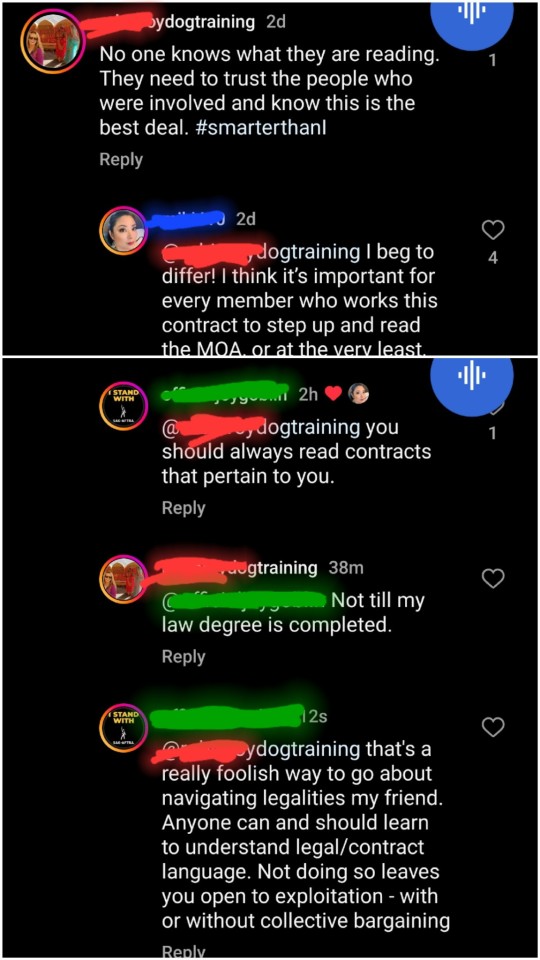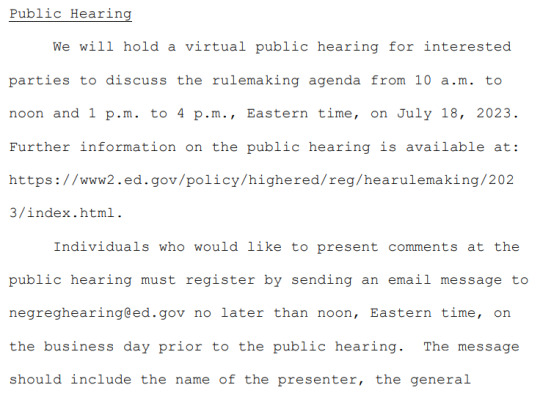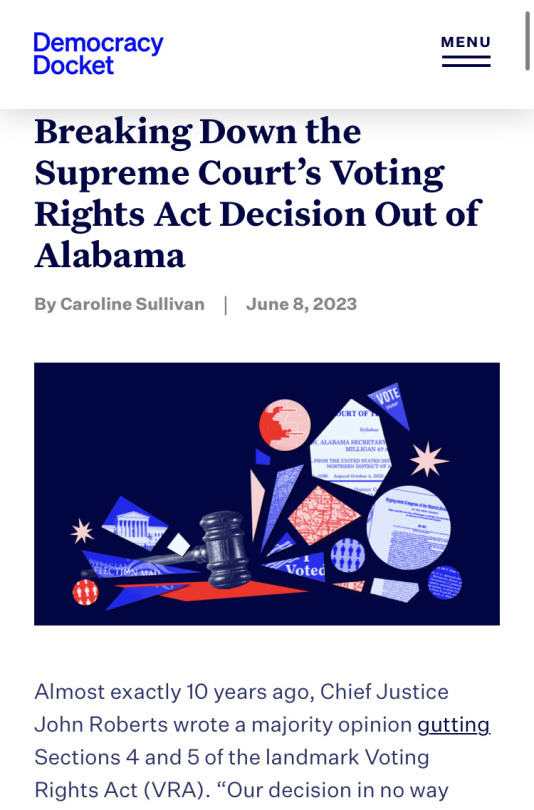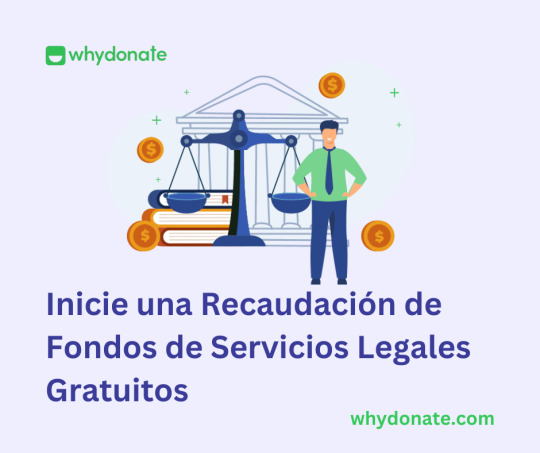#legalese
Text





A consensual hypnosis session with @AnnoHypno's Natasha by MajiNSFW
8 notes
·
View notes
Text
The Balfour Declaration
My analysis of the declaration basically points to:
• the admission that Palestine is a country via the inference "in any other country"
• the admission of existing non-jewish communities, thereby refuting the "land with no..." claim of Terra Nullius used by Zionists
• the right of Palestinians to not be harassed by the Israeli transplants
• the limitations of the framework by the UK
These are not negligeable points. What's clear is that the actions of Israelis are unconstitutional as well as illegal under international law.
#palestine#palestinians#gaza#genocide#balfour declaration#palestinian state#statehood#recognizing Palestine#support for palestine#free palestine#free gaza#justice#israeli apartheid#israeli occupation#illegal occupation#illegal settlements#rule of law#law#sovereignty#two state solution#balfour#israel#zionism#legalese#icj#icc#childrens holocaust#ceasefire#palestinian authority#hamas
5 notes
·
View notes
Text
Cash App reaches a new low in presenting terms-of-service changes
I've seen a lot of companies beclown themselves while presenting terms-of-service changes, but the e-mail Cash App sent me Friday might be the worst yet.
Messages from companies telling me that they’ve changed their terms of service are usually among the most forgettable of e-mails, but the one that Cash App sent me Friday was memorable for reasons that this Oakland, Calif., mobile-payment provider should not appreciate.
This “Updates to our Terms of Service” e-mail that I read on my desktop offered zero description of the changes beyond saying…

View On WordPress
2 notes
·
View notes
Text

Behold the STUPIDEST fucking take, on a post about actors reading through the Tentative Agreement SAG-AFTRA negotiated for them and which they're all voting on until Dec 5.
Folks, READ YOUR FUCKING CONTRACTS. READ YOUR LEASE AGREEMENT. READ YOUR FUCKING EMPLOYEE HANDBOOK.
Yes, there is a learning curve. Yes, there is Legal Language ("Legalese"). Yes, you will have to spend time on this. YES, YOU CAN DO IT, AND IT WILL BE FUCKING WORTH IT.
But anyone saying reading contracts or ANY other legal document is a waste of time and/or implying this is so because "no one knows what they're reading" is a bad actor and that's a horseshit take.
You can learn how to understand this shit. Anyone who tries to undermine that is either a fucking idiot themself, or they're trying to leave you open to exploitation. If I was a conspiracy theorist I'd theorize this dipshit dog trainer is a Russian PsyOp, but no, people legitimately are that stupid.
Also, you can ABSOLUTELY both read and understand AND LISTEN TO MORE EDUCATED VOICES THAN YOUR OWN. That's how literally the entirely of academia AND LEGAL BULLSHIT WORKS. Lawyers talk to other lawyers, they read law blogs, they look for precedent, BECAUSE LAYWERS ARE SMART FUCKING PEOPLE AS A DEMOGRAPHIC, AND ALL OF THEM KNOW THAT. Jesus.
#legalese#SAG-AFTRA strike#legal documents#contract law#i am not a lawyer#i just have... *counts* half a dozen in my family#yes i realize this positions me to understand the law better than mlst#I ALSO KNOW THAT ITS POSSIBLE TO UNDERSTAND THE LAW OR AT THE VERY LEAST YOUR OWN CONTRACTS EVEN IF UR NOT A GODDAMN ATTORNEY
1 note
·
View note
Text
who needs fae contracts when you have humans and any official use of money
especially those alleged “financial opportunities!” they always get us with those
#free money#or is it#win in the end#or do you#legalese#contracts#sneaky sneakers sneaking#so smart#two faced#humans#or are they#universities#i’m looking at you
2 notes
·
View notes
Video
youtube
The AI Apocalypse
1 note
·
View note
Text
I recently got a job, and the last two days of work i've been having to go through all the orientation paperwork and lessons, and i now know what insider trading is, kinda, but it's left me with a question.
See from what i gather insider trading is when you use knowledge you've learned about a company, that in turn influences how to infest into that company, or convince someone else to do so on your behalf, and split the profits.
You may not necessarily even be associated with that company, as long as you use information not known to the wider public in order to profit, it is considered insider trading. Correct me if I'm wrong
So in the hypothetical situation where you use time travel to find out what investment options with give you the most and best chance of profit, wouldn't that be considered insider trading, given you are using knowledge that the public at large doesn't have access to? And thus go to jail for insider trading?
1 note
·
View note
Text
1971 Nixon Psychotropic Convention
Prohibitionism of the Demon Rum was joined by Chinese reaction against British opium smugglers, then metastasized into a War on Everything, which is the same as a War on Trade.
The Panic of 1837 resulted in part from British liquidation of investment in America. The resulting increase in naval armaments and levies on nore docile mercantilist colonies made it possible to completely destroy the…

View On WordPress
#cartels#doublethink#equivocation#higher costs#immigration#legalese#neologisms#Newspeak#profits#prohibition#reefer madness#scarcity
0 notes
Text
Understanding what comes next at the ICJ for Palestine:
youtube
Alonso Gurmendi breaks it down 👌🏼
#palestine#palestinians#genocide#icj#south africa#law#world court#free palestine#israeli apartheid#israeli occupation#free gaza#free palestinians#war crimes#justice#end genocide#owen jones#alonso gurmendi#legalese#legal expertise#colonialism#genocide convention#geneva convention#international law#united nations#Youtube
0 notes
Text
the privacy policy is a document that makes even lawyers want to tear out their hair
0 notes
Text
Student Loan Debt Stuff To Do:
START HERE:
LOOK >

READ THAT LAST SENTENCE AGAIN
(omg is there still hope? a light in the dark despair of debt?)
LOOK>

SEE THAT EMAIL?
(we can send things to that email. this email. [email protected])
CLICK THE LINK, AND READ THE ORIGINAL SOURCE
(it has the rules for how to email properly so they don't just throw it out)
surely tumblr, a hellsite known for it's active community of writers and activists, could come up with some constructive suggestions for this commitee.
(as if someone isn't already spamming that email with the entire Bee Movie script)
#legalese#student debt#student debt relief#stay angry#social justice#scotus#politics#civil rights#class war#eat the rich
0 notes
Text

Almost exactly 10 years ago, Chief Justice John Roberts wrote a majority opinion gutting Sections 4 and 5 of the landmark Voting Rights Act (VRA). “Our decision in no way affects the permanent, nationwide ban on racial discrimination in voting found in [Section] 2,” he wrote at the time.
Despite that promise, a case directly challenging Section 2 wound up before the U.S. Supreme Court this term. But today, June 8, 2023, Roberts made good on his promise. In a 5-4 opinion, the Supreme Court affirmed a lower court’s decision that Alabama’s congressional map diluted the voting strength of Black voters.
The majority — in clear and no uncertain terms — upheld Section 2 of the VRA and its current application, a massive victory for voting rights and for Black Alabamians who will have the opportunity to elect the candidates of their choice.
The case, Allen v. Milligan, centered on whether the state of Alabama violated Section 2 of the VRA when it enacted a congressional map that created one rather than two majority-Black districts. In January 2022, a three-judge panel, including two judges nominated by former President Donald Trump, found that Alabama’s congressional map likely violated Section 2.
When the case was first accelerated to the Supreme Court’s emergency docket in February 2022, even Chief Justice John Roberts believed that the three-judge panel properly applied existing law. Now, in a welcomed move that surprised voting rights advocates, the Court kept the landmark VRA intact.
The majority opinion written by Roberts is joined by Justices Sonia Sotomayor, Elena Kagan and Ketanji Brown Jackson and joined in part by Justice Brett Kavanaugh.
The majority resoundingly endorsed the Gingles test, a criteria to determine racial vote dilution in redistricting maps.
The majority begins with a brief discussion of the history of the landmark VRA, specifically emphasizing amendments adopted in 1982 that added a “results test” to Section 2. In this case, the Section 2 vote dilution claims hinged on discriminatory results, not discriminatory intent.
The majority then goes on to keep the current application of Section 2 fully intact, validating the use of a long-applied test known as the Gingles factors.
For the past 40 years, courts have relied on this test established in a 1986 case, Thornburg v. Gingles, to prove a pattern of racial vote dilution:
The minority group in question must be “sufficiently large and geographically compact” to constitute a political district;
the minority group must be “politically cohesive,” meaning the group generally votes for similar candidates and
the majority group must also be “politically cohesive” and vote to defeat the preferred candidates of the minority group.
The court then considers the context of the local environment to determine if the map denies the minority group an equal opportunity to participate in the political process. The court looks to factors that include the state’s history of racial discrimination in voting, impact of racial discrimination on education, employment and health outcomes and appeals to racism in campaigns.
“Gingles has governed our Voting Rights Act jurisprudence since it was decided 37 years ago. Congress has never disturbed our understanding of §2 as Gingles construed it,” the Court explained. “And we have applied Gingles in one §2 case after another, to different kinds of electoral systems and to different jurisdictions in States all over the country.”
When the three-judge panel determined that Alabama must redraw its congressional map with a second majority-Black district, it relied on a range of testimony and evidence to satisfy Gingles and reach that conclusion. Today, Roberts agreed with the lower court’s in-depth fact finding.
The state of Alabama had contended that the first Gingles factor was not satisfied because a map with a second majority-Black district would subvert other criteria such as keeping communities of interest together — specifically, in the state’s mind, the Gulf Coast region — or core retention, a principle that promotes preserving districts as they were drawn in previous decades.
Roberts rejected Alabama’s argument, noting that the Supreme Court has never held that adherence to a past map could trump a Section 2 claim. “If that were the rule,” he continued, a state could shield “a new racially discriminatory redistricting plan simply by claiming that it resembled an old racially discriminatory plan. That is not the law.”
In regards to the second and third Gingles factors, neither party disputed that Alabama has high levels of racially polarized voting. In other words, Black and white voters in Alabama prefer different candidates and the white-preferred candidates almost always prevail.
After walking through the three-judge panel’s conclusions for each of the three Gingles prongs and consideration of the local context, Roberts emphasized: “We see no reason to disturb the District Court’s careful factual findings.”
After reiterating that the three-judge panel properly applied existing law, the majority rejected Alabama’s attempt to rewrite the law.
The majority went on to fully reject the state of Alabama’s proposed “race-neutral benchmark” as an application of Section 2 that should replace Gingles. The majority saw through Alabama’s cynical and thinly-veiled attempt to undermine years of precedent, writing that the “heart of these cases is not about the law as it exists. It is about Alabama’s attempt to remake our §2 jurisprudence anew.”
The majority outlined why Alabama’s three-pronged “race-neutral benchmark” was misguided.
First, Alabama wanted plaintiffs to show that a map produced to satisfy the first Gingles condition was not “based” on race. In a section of the opinion not joined by Kavanaugh — thus the part of the opinion that is not controlling — Roberts wrote that there is a difference between “being aware of racial considerations and being motivated by them.” In practice, this section explained how the first Gingles factor will always utilize race to an extent because that “is the whole point of the enterprise” in seeing if an additional majority-minority district could be drawn.
Second, Alabama would have required plaintiffs to show that an enacted plan diverged from an “average plan” drawn without race taken into account. This is where Alabama’s misplaced fixation on computer simulations arose. During oral argument in October, the lawyers and justices alike discussed the proper role of “computer simulations” or “algorithms” in the Gingles test. In fact, among the 92 total times the justices spoke during the oral argument, simulations were mentioned 30 times.
Fortunately, in today’s opinion, the majority put that discussion to bed, noting that Alabama’s focus on expert-created maps does not reflect how Alabama draws maps nor the total number of map possibilities. “Section 2 cannot require courts to judge a contest of computers when there is no reliable way to determine who wins, or even where the finish line is,” wrote the majority, shutting down Alabama’s over-emphasis on computers to prove “race-neutrality.”
Finally, the majority rejected Alabama’s expectation that any deviation between an enacted plan and “race-neutral” alternatives needs to be explained by racial discrimination. The majority quickly foreclosed this line of reasoning, reminding Alabama that Section 2 of the VRA has a “results” test for a reason; racially discriminatory intent is not required to prevail.
The majority explicitly recognized that Section 2 of the VRA applies to redistricting and is constitutional.
In the final section, Roberts rejected two more of Alabama’s far-flung attempts to undermine Section 2 of the VRA.
Alabama attempted to argue that Section 2 didn’t apply to redistricting at all and instead only applied to voting practices that directly impacted ballot access, such as voter registration policies. However, Roberts noted that Alabama’s understanding could not be reconciled with the Court’s “unbroken line of decisions stretching four decades” that applied Section 2 to redistricting maps.
(As a note, Justice Clarence Thomas’ dissent made the same unfounded argument as Alabama that Section 2 does not apply to redistricting. Five justices rejected that today.)
The Court also rejected Alabama’s attempt to strike down Section 2 as unconstitutional under the 15th Amendment of the U.S. Constitution. By doing so, the nation’s highest court confirmed the law’s constitutionality.
Today’s decision did not restore previously weakened sections of the VRA, but it maintained the status quo. While Alabama voters unfortunately voted under this illegal map in the 2022 midterm elections, the state will now have to redraw new, fairer districts. The impact will reverberate in at least nine other states, but most immediately in Louisiana where litigation was paused pending this decision.
Allen was the culmination of a decades-long struggle for better representation for Black voters in Alabama. While that effort appeared to be at risk before a Court increasingly hostile to voting rights, today, a landmark federal law, fairer districts for Black Alabamians and voting rights efforts across the country emerged unscathed.
0 notes
Text
Asesor Juridico: Honorarios de Abogados | WhyDonate
Los servicios legales pueden ser definidos como diferentes servicios que incluyen aconsejamiento legal, elaboración de documentos legales, contratar a un abogado que tiene experiencia en la práctica de la ley. Comience a recaudar fondos para honorarios de abogados y servicios legales en WhyDonate. Descubra consejos para financiar sus necesidades legales.

#recaudación de fondos#crowdfunding#whydonate#espana#crowdfunding platform#servicio#legalese#donaciones#donación#españa#legales
0 notes
Text
How to say something in Legalese: (ccto)
“No” — I’m disinclined to acquiesce to your request.
“Check yourself before you wreck yourself” —Govern yourself accordingly.
“I was not talking to you” —Contrary to your assumption, you were not the intended recipient of my communication.
“You hate me cause you ain’t me.” —The source of your internal vitriol is founded upon the fact that your persona deviates from my own.
0 notes


